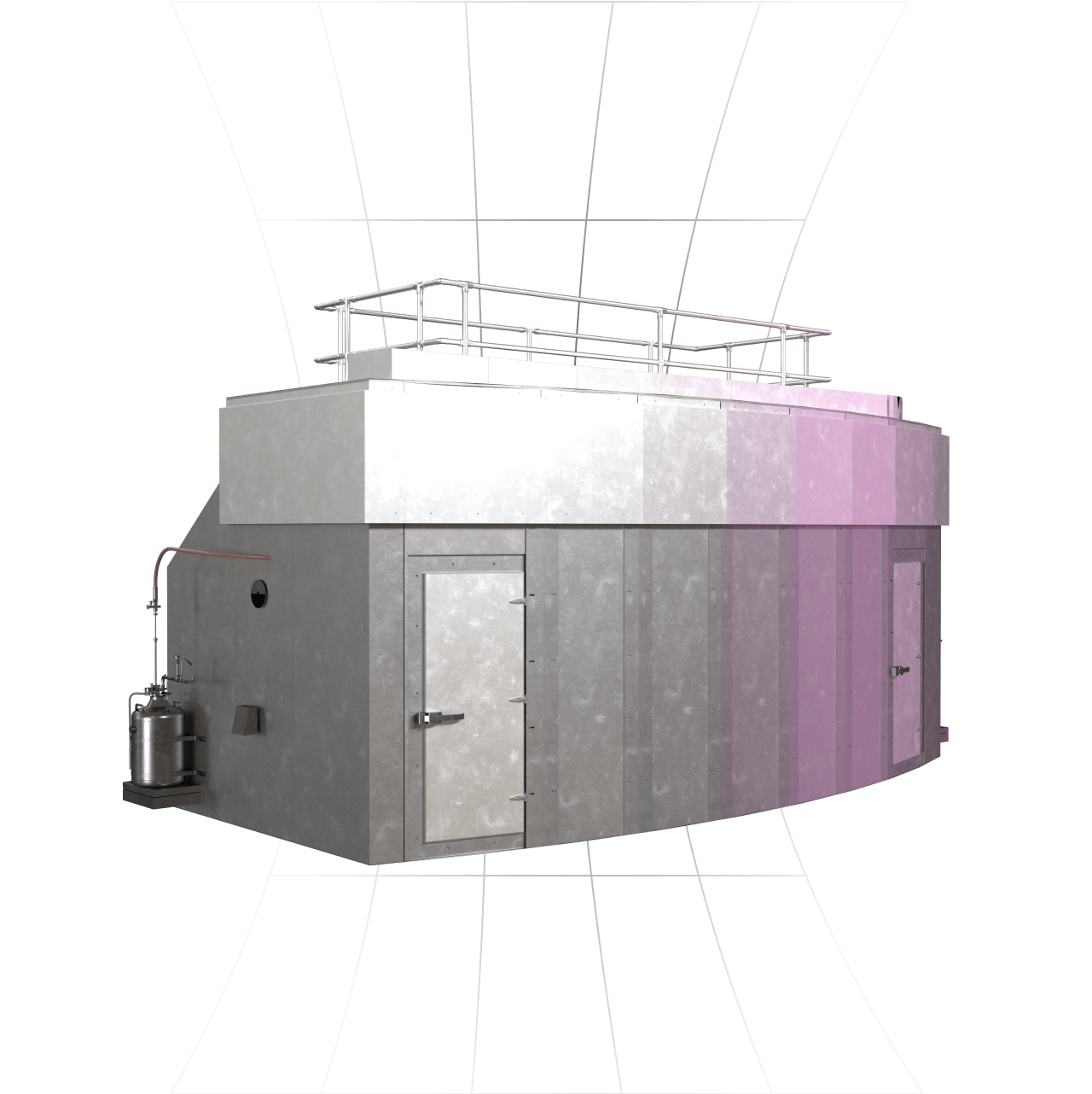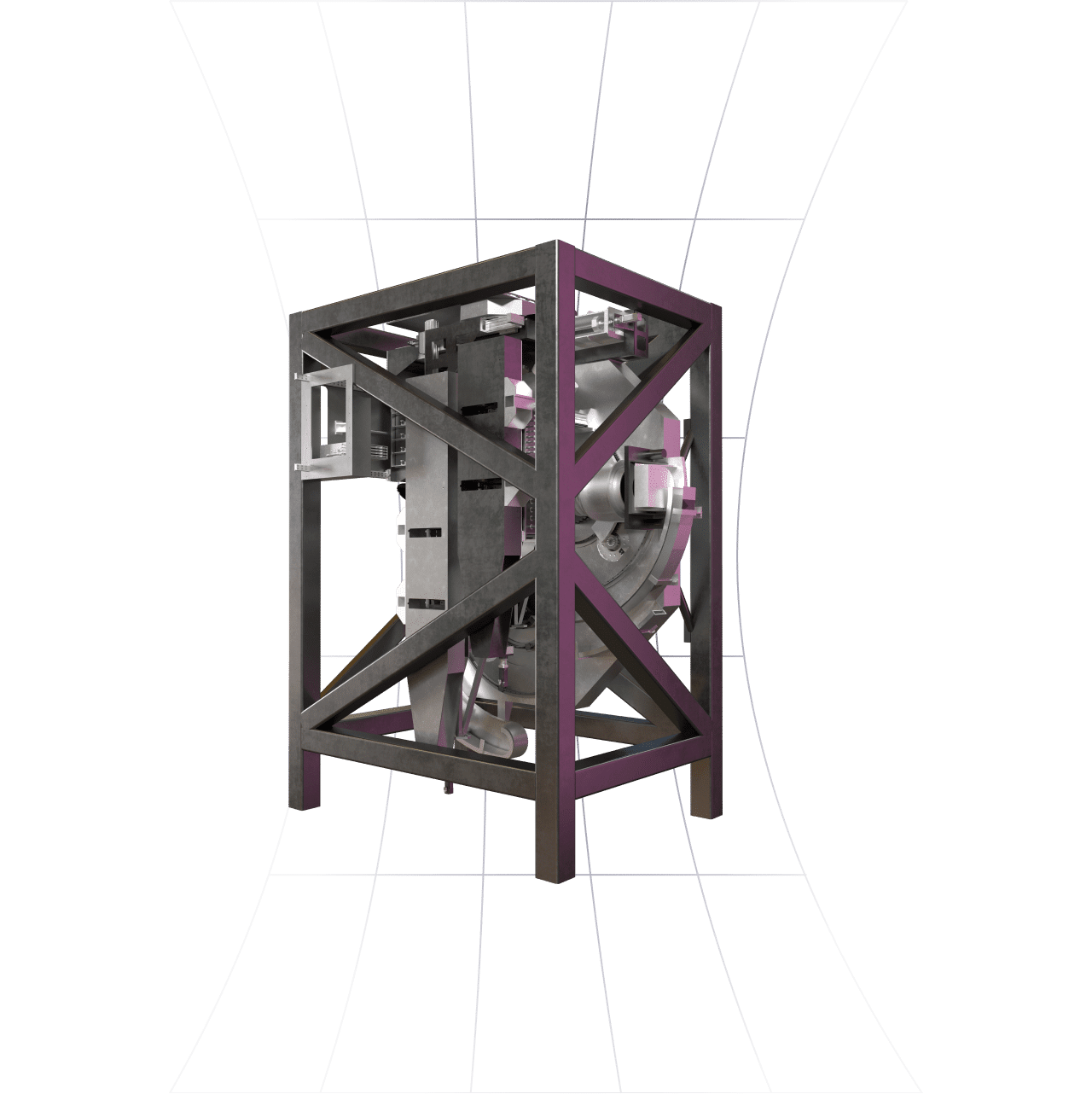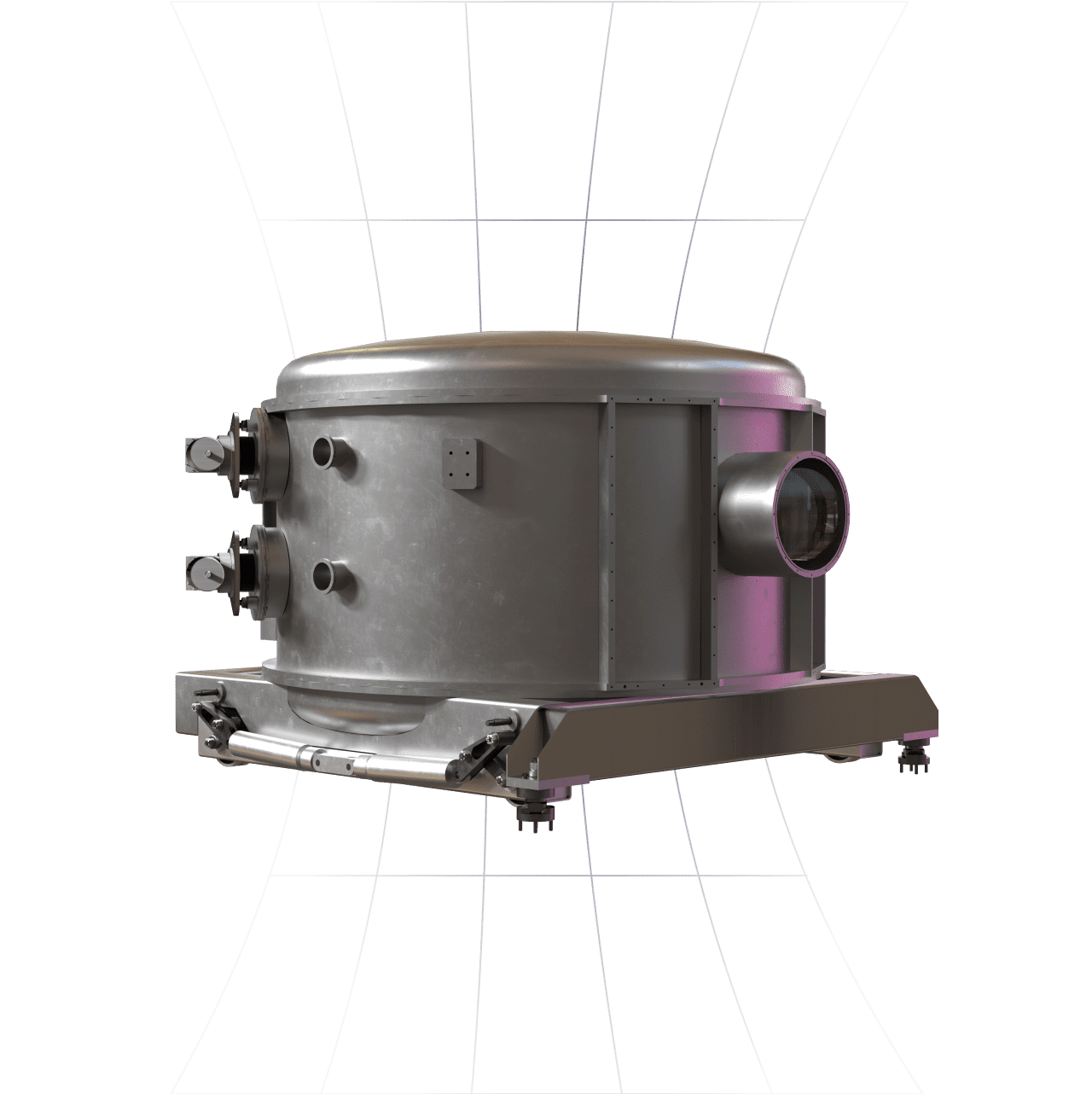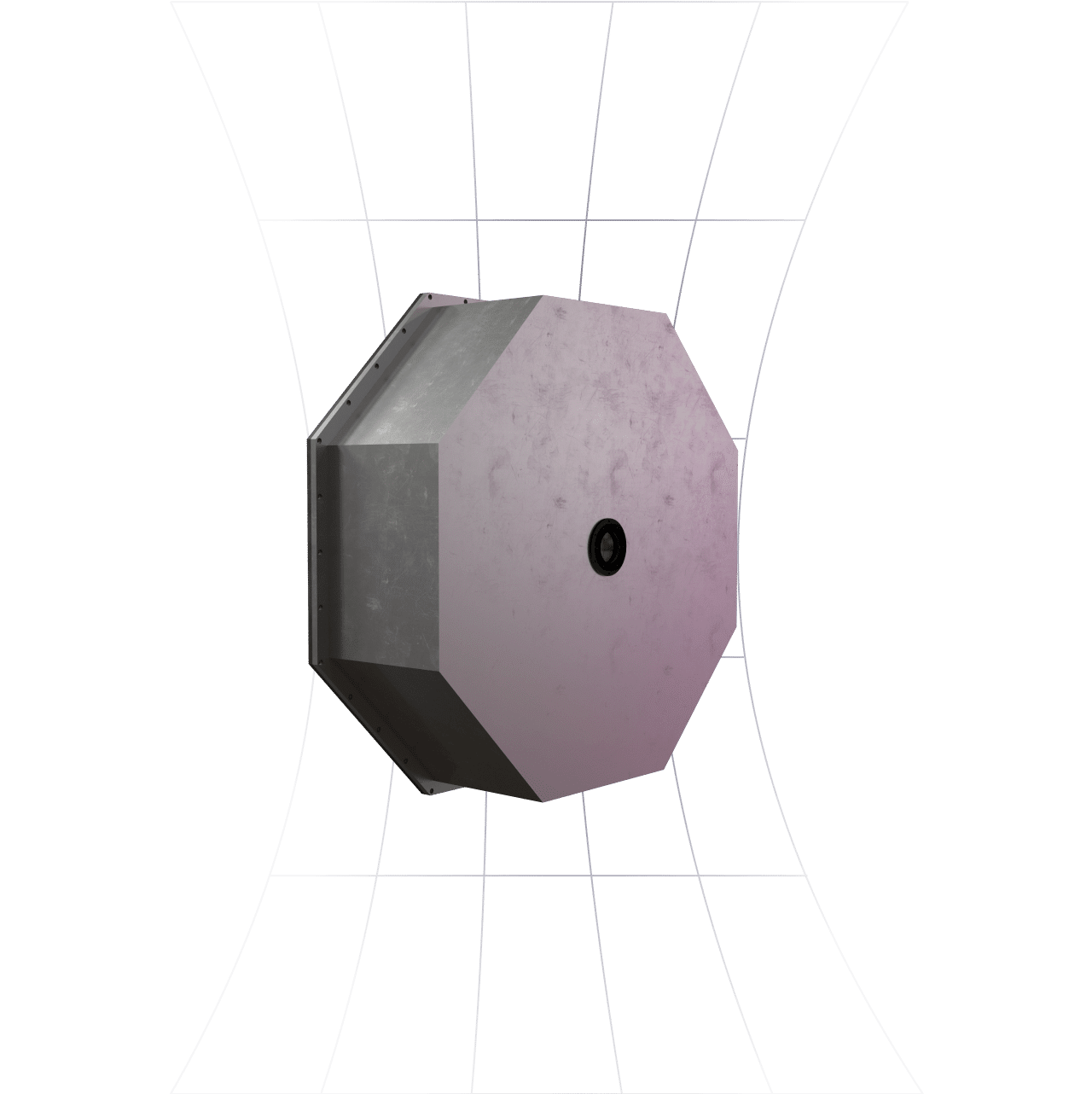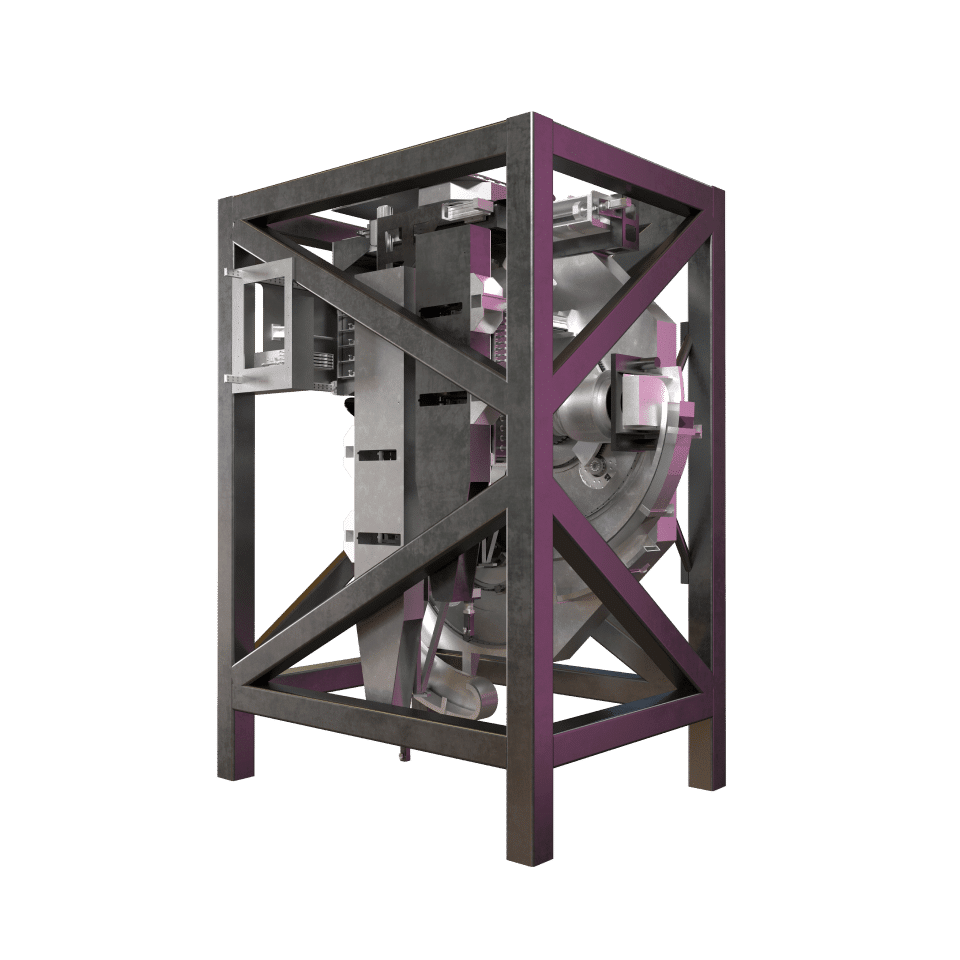
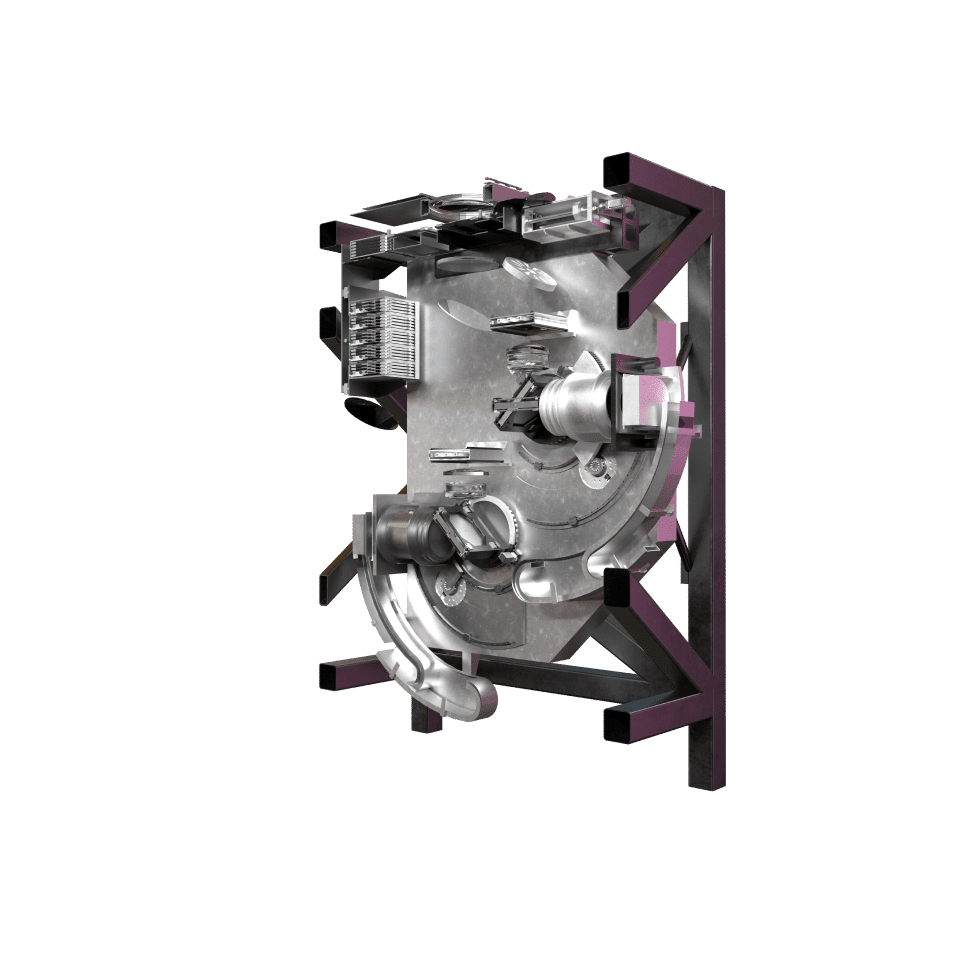

Multi-Object Spectrograph
Giant Magellan Telescope Multi-object Astronomical and Cosmological Spectrograph (GMACS)
The Multi-Object Spectrograph is considered a jack of all trades, optimized for detailed observations of multiple faint objects in deep space over a wide field of view. It is perfect for studying galaxy evolution, the intergalactic medium (IGM), the birth and death of stars, gravitational waves, and taking redshift surveys. The Multi-Object Spectrograph has red and blue channels and is capable of operating in natural seeing during early operations, with increased sensitivity from Ground Layer Adaptive Optics. The instrument will also be the second science instrument installed on the Giant Magellan Telescope.
Designer
The GMACS is being developed by astrophysicist Daniel Fabricant at the Center for Astrophysics | Harvard & Smithsonian in a joint effort with the University of Sao Paulo in Brazil.
Science Goals
- Distant galaxies: lyα luminosity function at z < 6.5, chemical enrichment of ISM, redshift surveys
- Nearby galaxies: chemical enrichment history, dark matter distribution, stellar populations and evolution, transient follow-up
Technical Specifications
Spectral resolutions:
1,000 – 6,000
Field of view (diameter):
7.4 arcmin
Wavelength range:
3200 – 10000 Å
Multi-slit mask count:
24 masks with 50-100 slits/mask
Alternate input:
100s of fibers (with MANIFEST fiber system)
Field of view:
300 arcmin2 (with MANIFEST fiber system)
Additional Resources
Explore the Instruments
explore
